“Just think how long it would take for a stone structure to decay like this chair. It would have to sit on a hillside for a thousand years,” says Casey Zablocki. “I’m just speeding up the process because I like the beauty of deteriorated things,” he adds. When one thinks of relics, the image of antiquities that is enrobed in decay comes to mind. Ancient artefacts wear corrosion, weathering, blemishes and scratches like a badge of honour that talks of a journey through decades, even centuries. But can thousands of years of erosion by the natural world be emulated in contemporary objects? What would modern relics look like? Casey Zablocki, a ceramic artist based in Montana, United States, develops functional sculptures shaped by the alliance of growth and decay, processes that more often than not occur in tandem. Roman and Williams Guild Gallery brings Modern Relics, the artist’s first solo exhibition, to New York. The design exhibition investigates a decade of Zablocki’s practice which includes 66 works ranging from monumental sculptures, furniture design, and relatively small-scale vessels.
Zablocki’s distinctive artistic language started taking shape long before he stepped into the profession. From a kid who deliberately got dirt on his new shoes because he didn’t like new things, to an artist who finds an identical solace in ravaged structures, his love for the destructive effects of time on forms has led to a unique oeuvre. He was raised in a family of makers in an industrial mining area in the Upper Peninsula of Michigan. "I was surrounded by abandoned mines, broken down concrete structures. You’re going to absorb that sort of thing, consciously or not," the artist shares. "I could explore freely up there, and I think that eventually led to my desire for creative freedom," he adds. From brutalist architecture and old Soviet bus stops to his childhood industrial scenery, each place he has lived has influenced his ideas of making. His memories, relationships, environments, and material practices such as architecture and fashion, become personal relics that define his work.
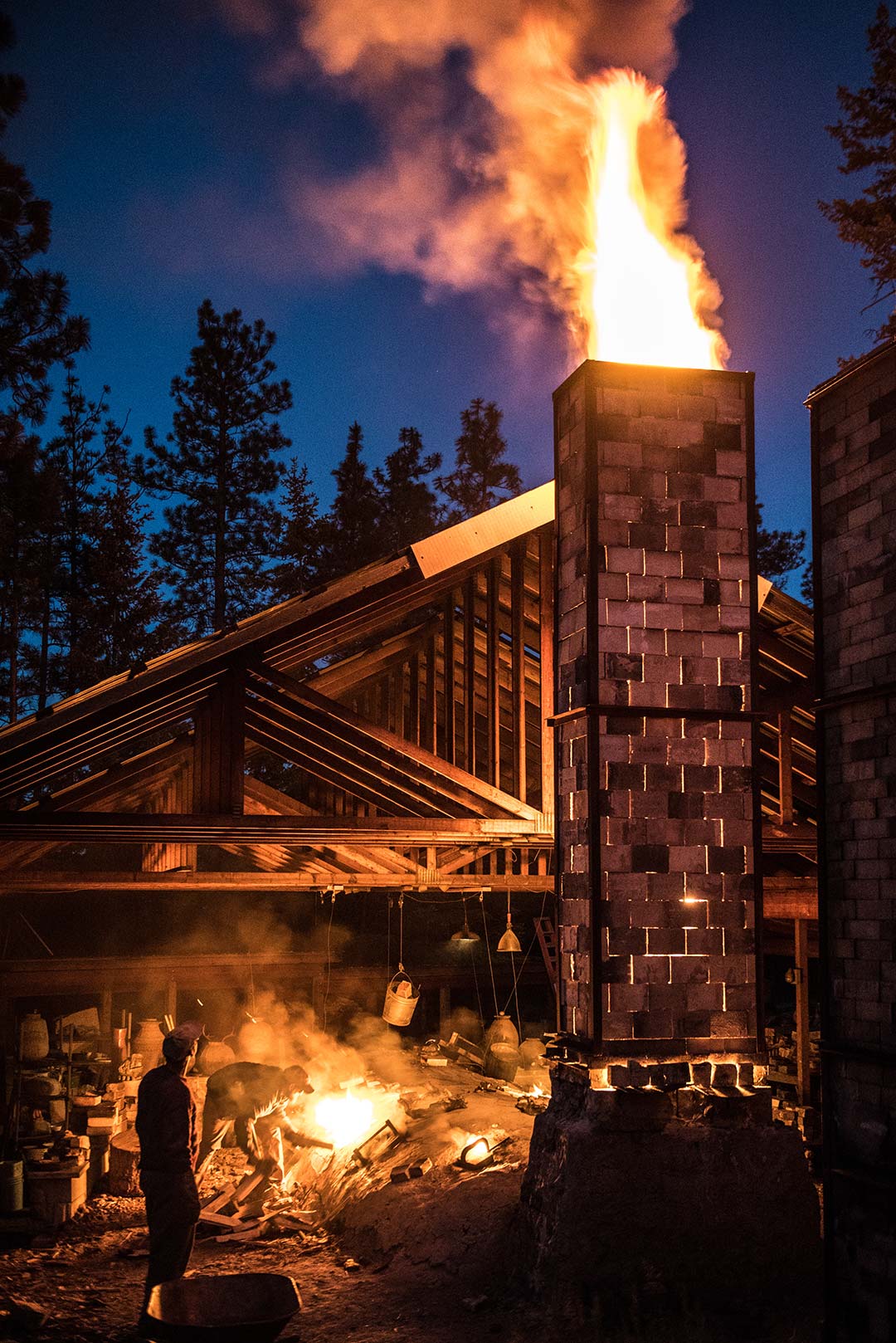
Zablocki's arduous practice pushes the boundaries of the medium. The dense and non-porous stoneware is made from clay fired at extremely high temperatures. Using one of America’s largest anagama kilns—with a history dating back to fifth century Japan—the labour-intensive process that sometimes takes weeks at a time often needs a team of ten people to manage the furnace. Every firing involves a new combination of selected temperature, placement, and wood ash. This spontaneous concoction partnered with traditional techniques and experiments with the vitrification of earth and water. With experimental clay and glaze recipes and an explosive firing process, singular textures and gestural forms ensue.
Once the structure grows and is realised through the volatile journey, whether a chair design or a birdbath, Zablocki sets a new journey in motion: its decay. This process of methodical destruction is intrinsic to his artistic process. The artist’s instinctive actions on clay play the roles of wind, water and fire, elements responsible for natural decay that marks ancient artefacts, relics and weathered objects. Sometimes these sculptural works sit for months, even years, before Zablocki cuts away their bodies and couples the chunks with another work. The process of erasure comes with inevitable uncertainty. The risk of ruining the entire structure accompanies each chunk he removes. “It’s like chess—sometimes you make a good move, sometimes you make a bad move. But I won’t know unless I commit to making that move,” explains Zablocki.
Zablocki's largest sculptures to date will find their place in the art gallery alongside some works measuring over 50 inches (1.27 metres) in height. His practice delves into the aesthetic and functional parallels between ceramic furniture and sculptural art. Modern Relics is an in-depth display of this investigation through a series of sculptural vases, table designs, stool designs, benches, and wall tiles. The exhibition also encompasses signature and never-before-seen techniques that Zablocki has put into practice. The artist plays with the illusion of drip glaze on his smooth-surfaced works through his use of wood ash, while his new tufted works embody a unique approach to controlling texture and form. Seemingly eroded over centuries, the sculptures’ rough surfaces are covered in fingerprints and unnoticeable interventions that underline the transience of materials. A twisted chair assumes the form of a crouching human, the contours of a throne warp like a giant’s hand half-open, and the chiaroscuro of a small sculpture breathes.
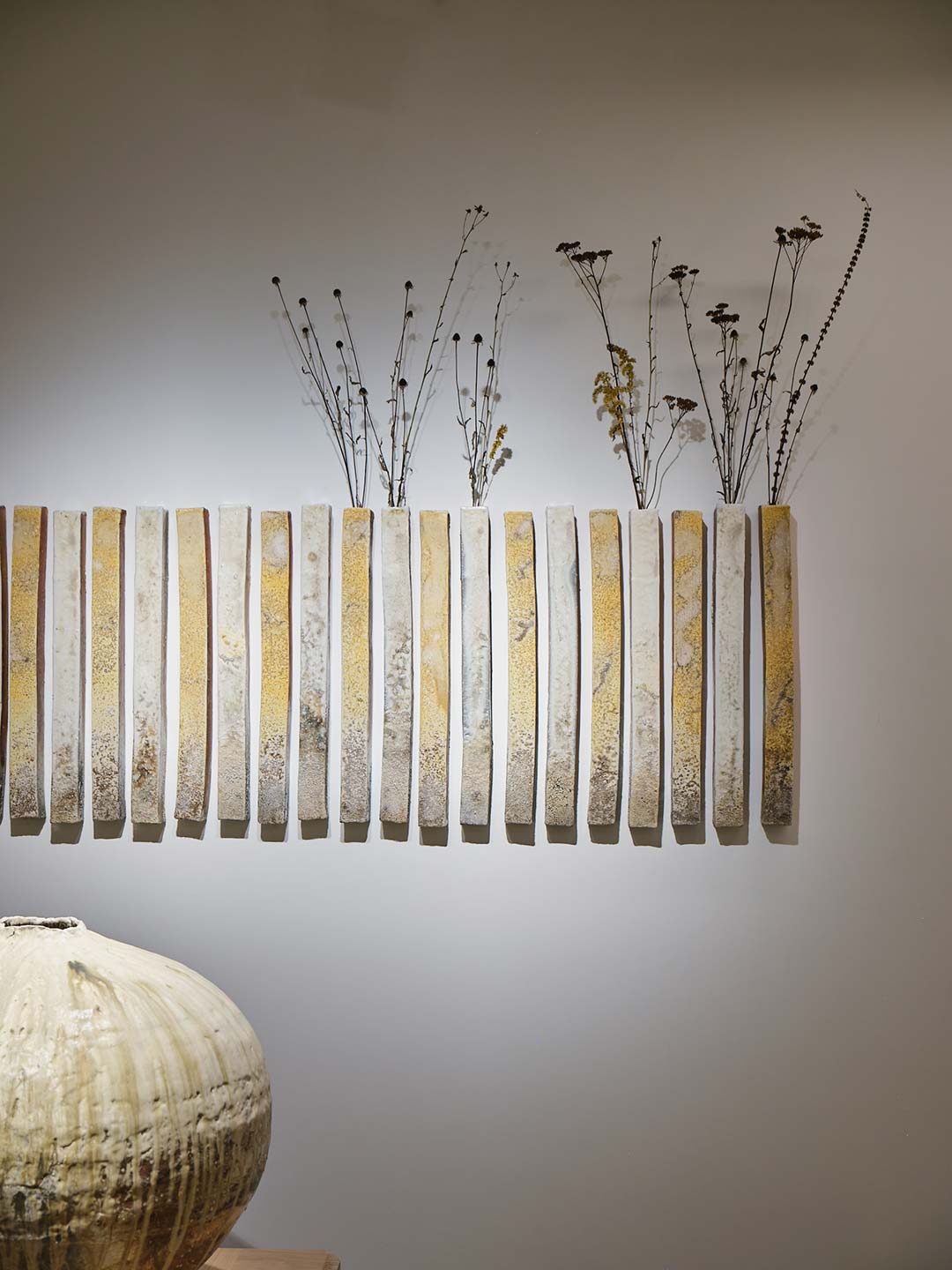
“They are relics of me and the way I’ve lived my life, and they’re emotional relics of people I’ve known over the years. This is my language,” says Zablocki. Through designs evocative of brutalist and abstract forms, Zablocki reiterates the beauty in the relationship between growth and decay, injecting the organic energy of the imminent processes into his creations. He treats ceramics as art—like traditional Korean ceramicists who smashed pots and put them together with Bondo—a philosophy he owes to his apprenticeship with renowned sculptor from South Korea, Lee Hun Chung. In an artistic journey that acknowledges the allure of flaws and deterioration, each crack is an opportunity to do something else. The physical and emotional toll of the all-encompassing process is reflected in the details. The inimitable forms and coarseness of his monumental sculptures make each piece distinctive and a fragment of the artist himself. Modern Relics gives a stage to Zablocki’s oeuvre that exudes the same energy that he puts into them, energy he intends to communicate to the world.
‘Modern Relics’ will be on display from September 15 to November 26, 2022, at Roman and Williams Guild Gallery, New York.






 Sign in with email
Sign in with email


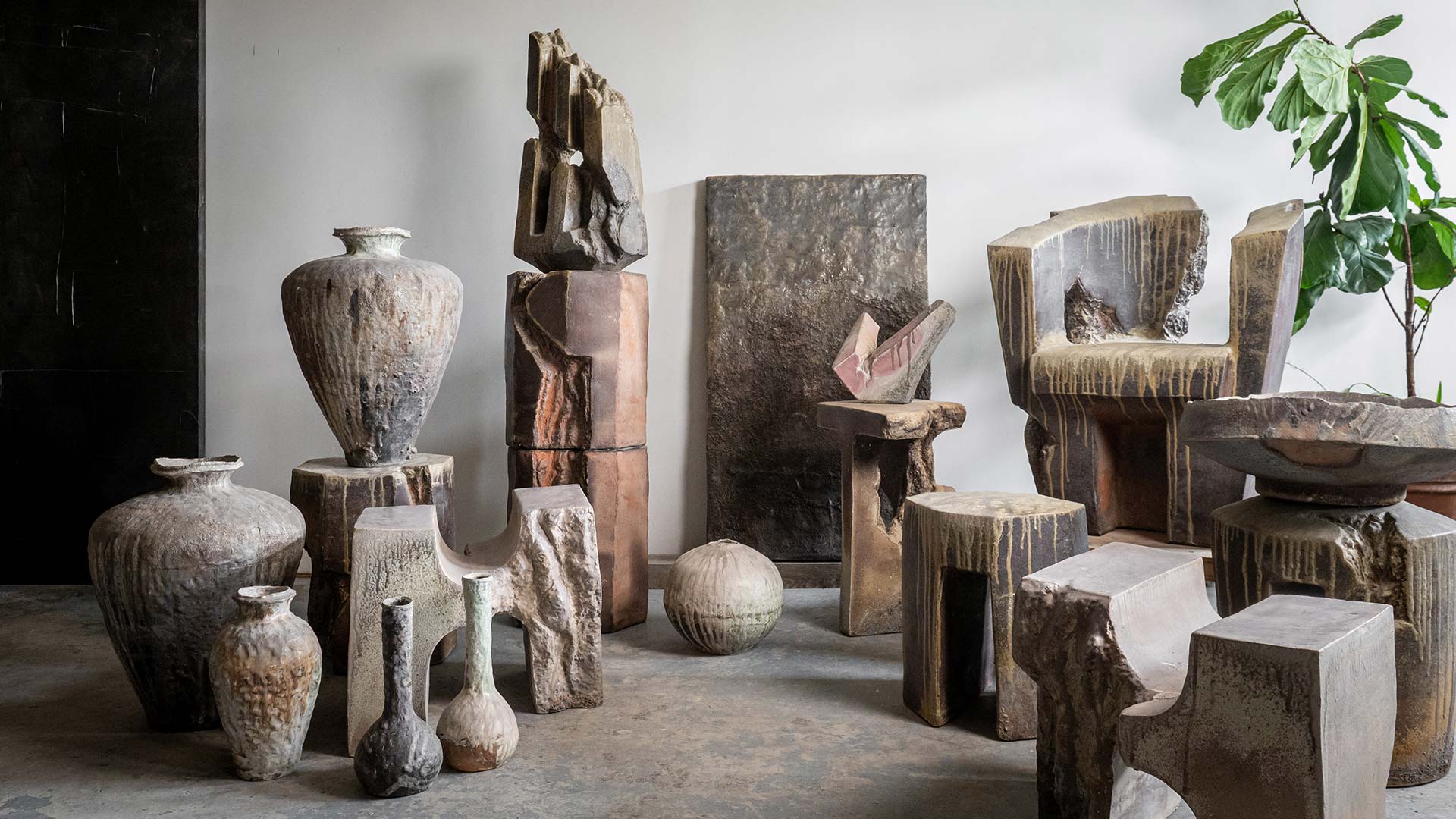
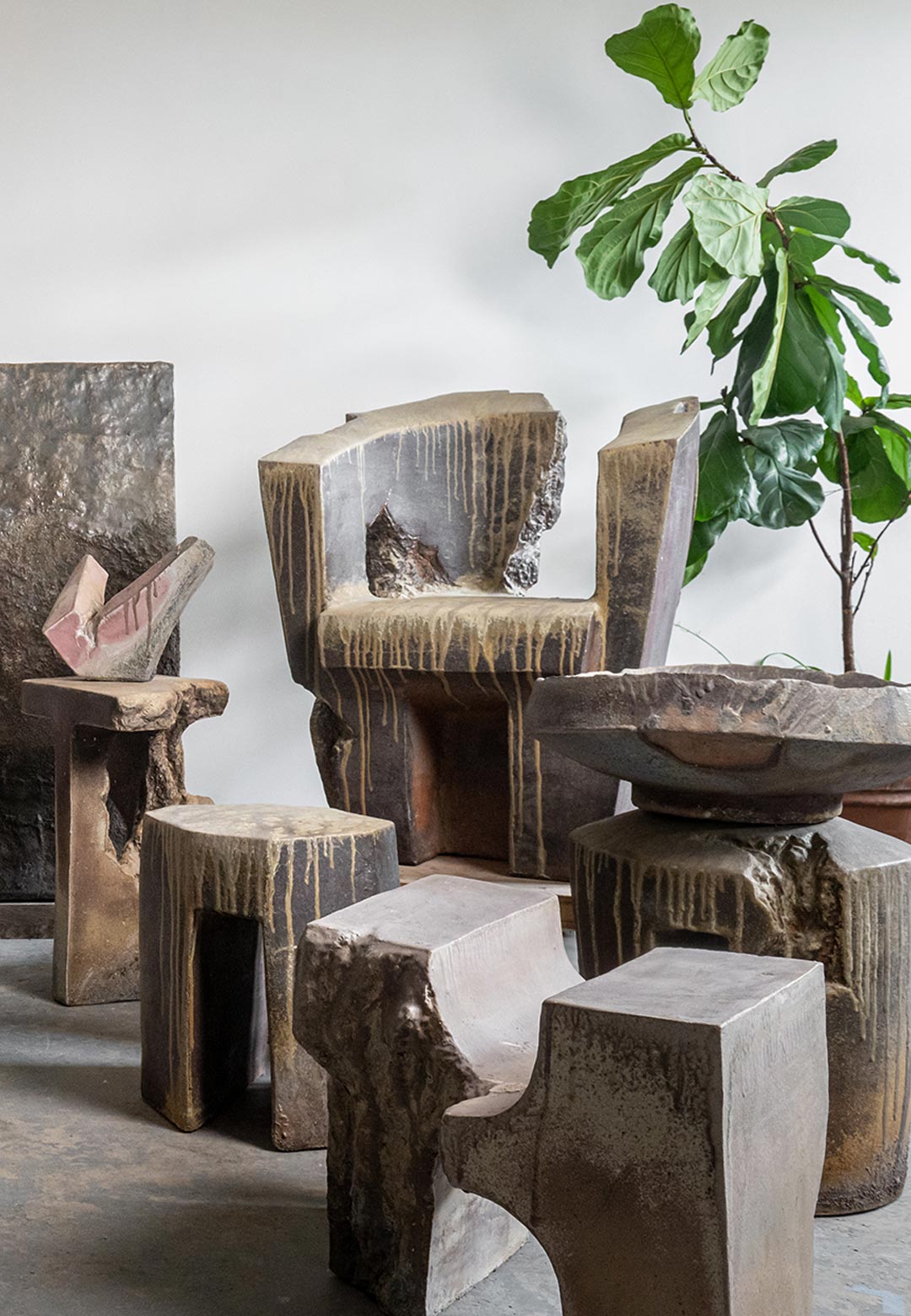
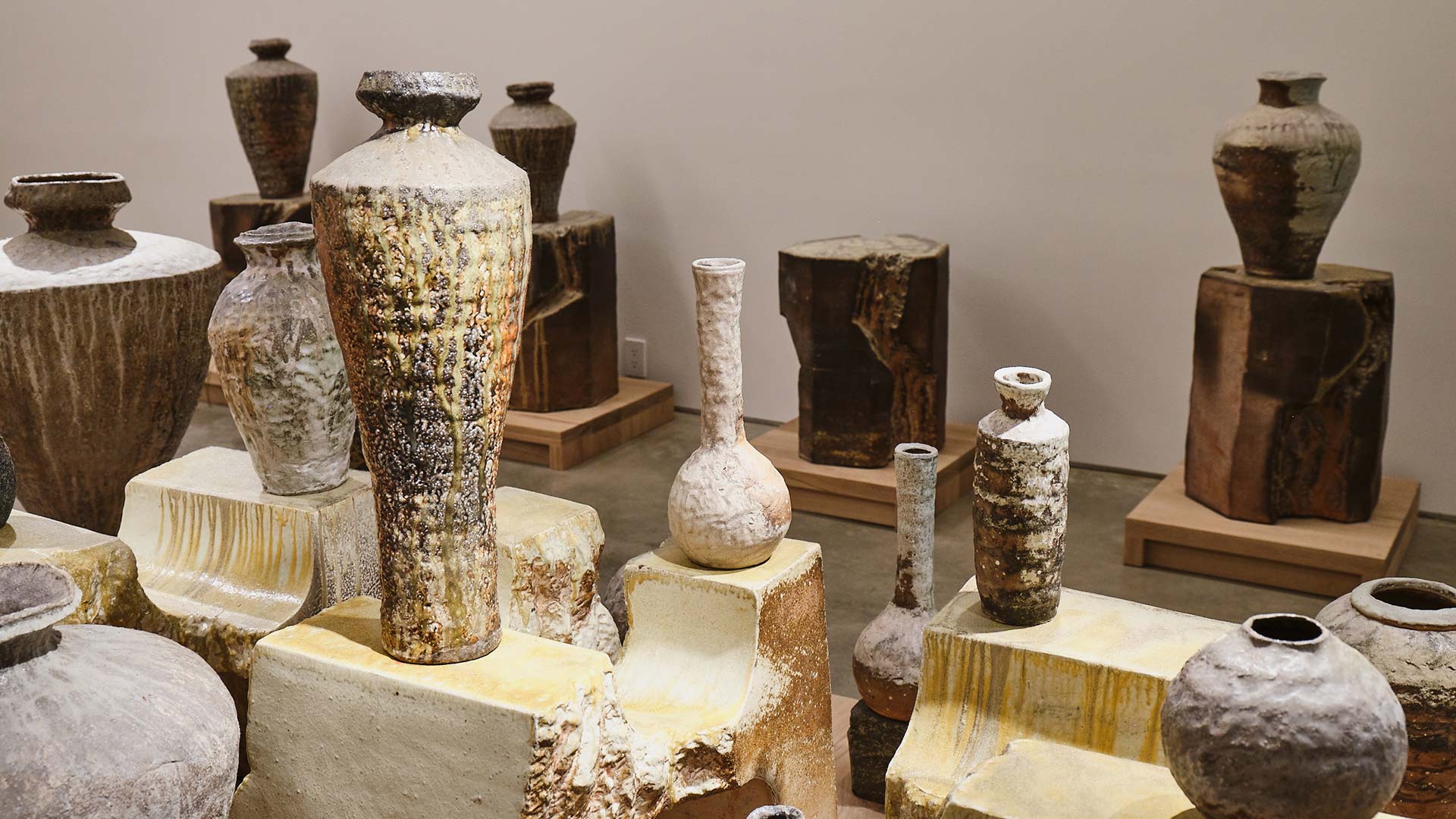
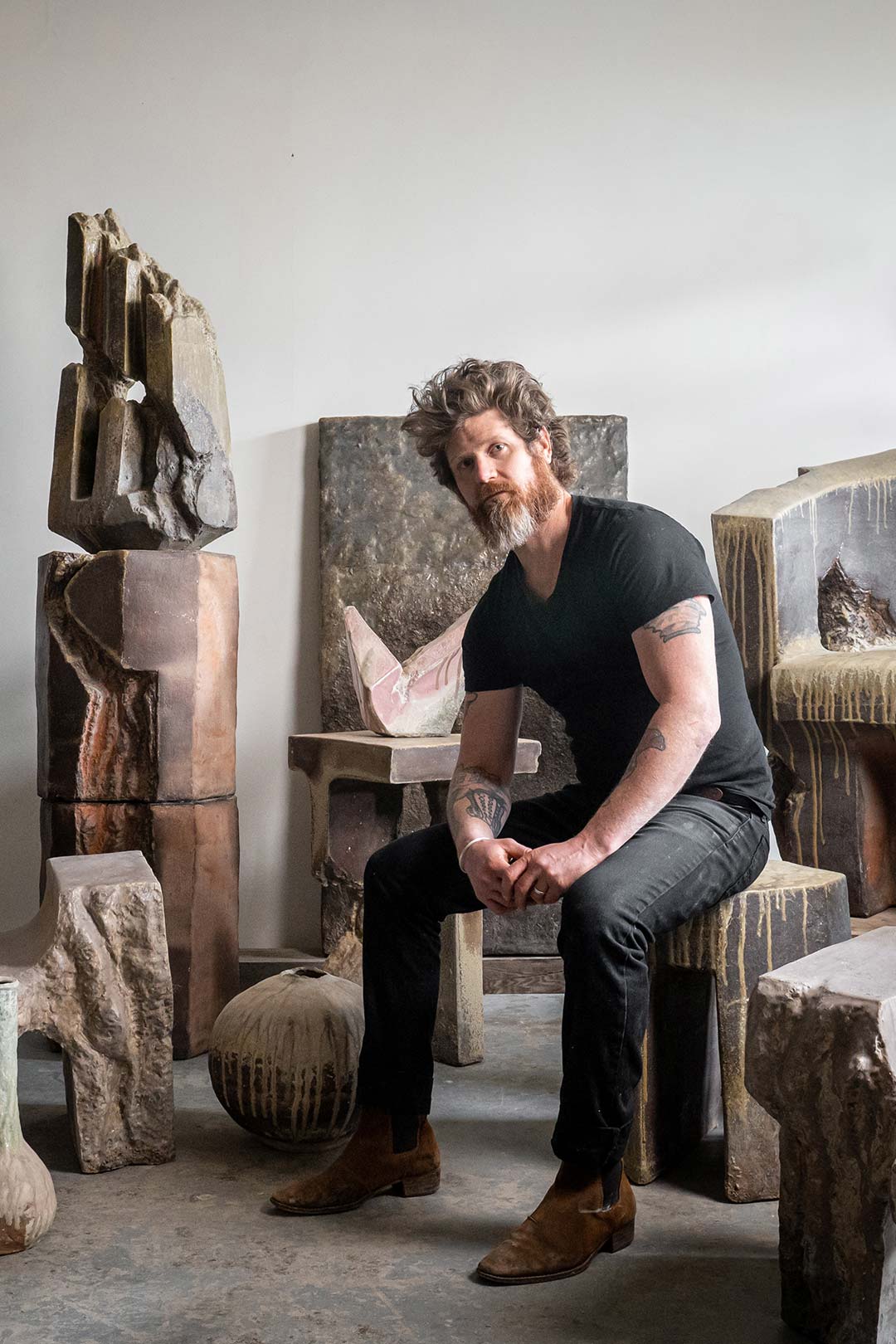
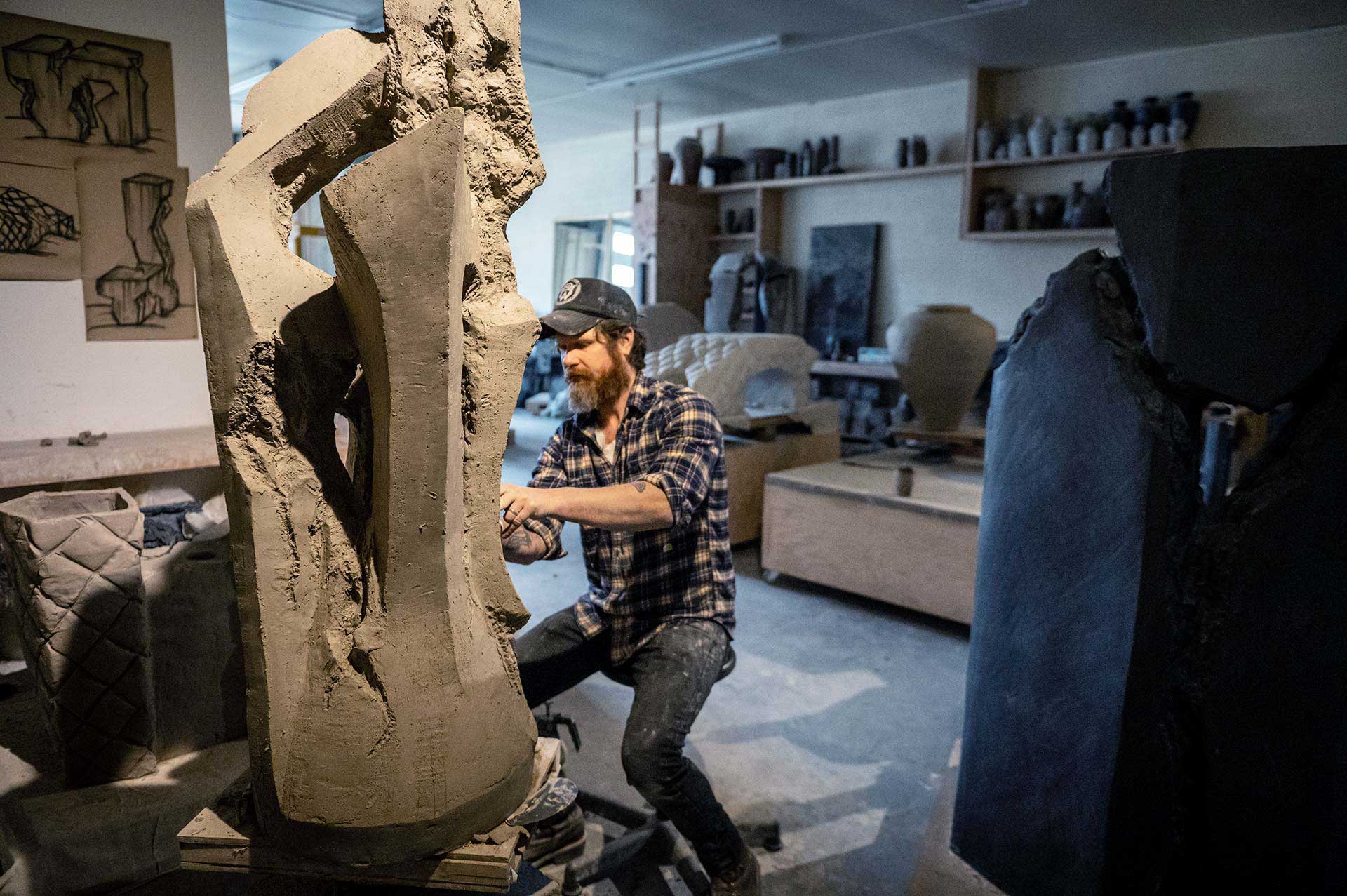
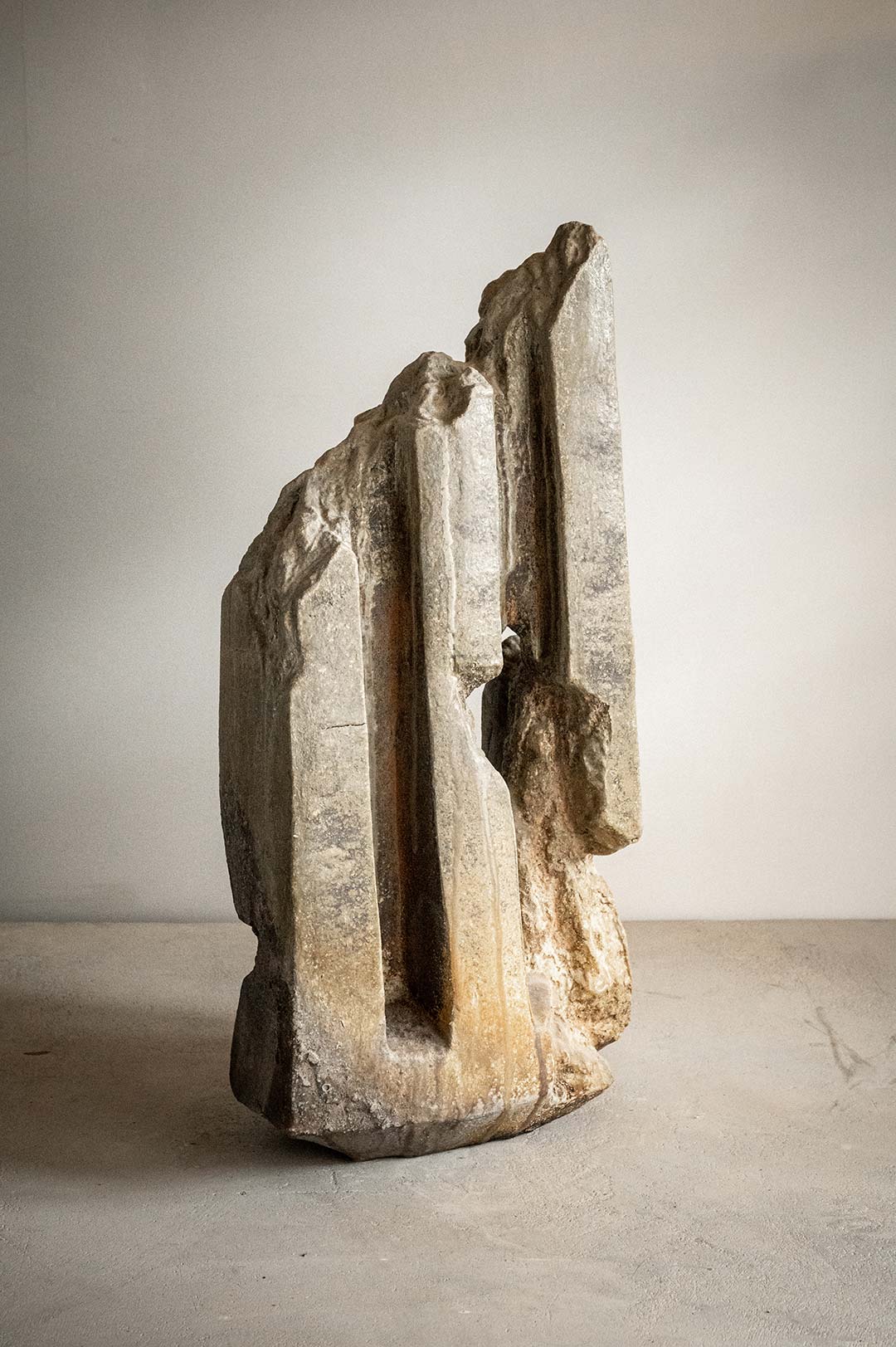
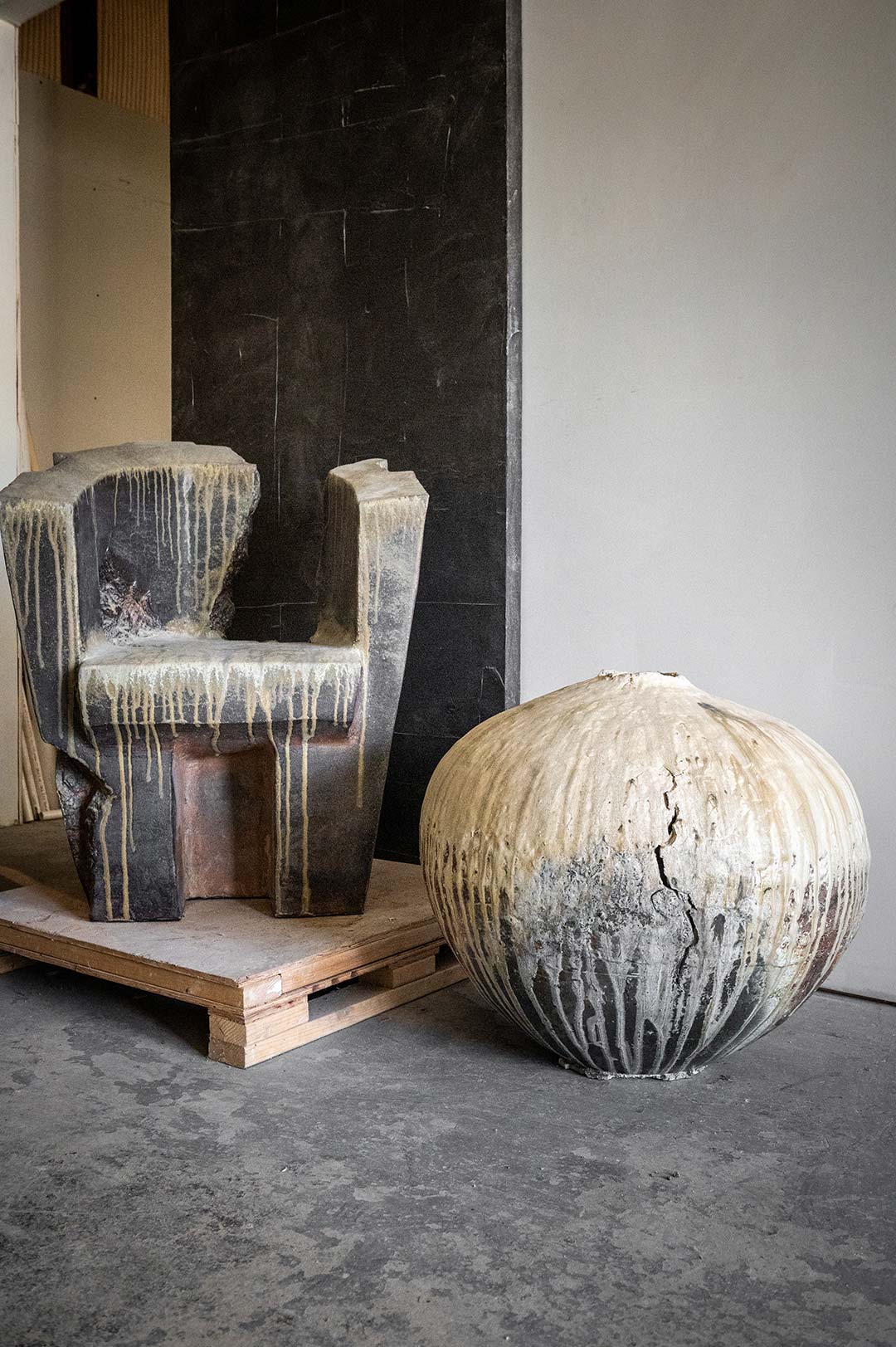
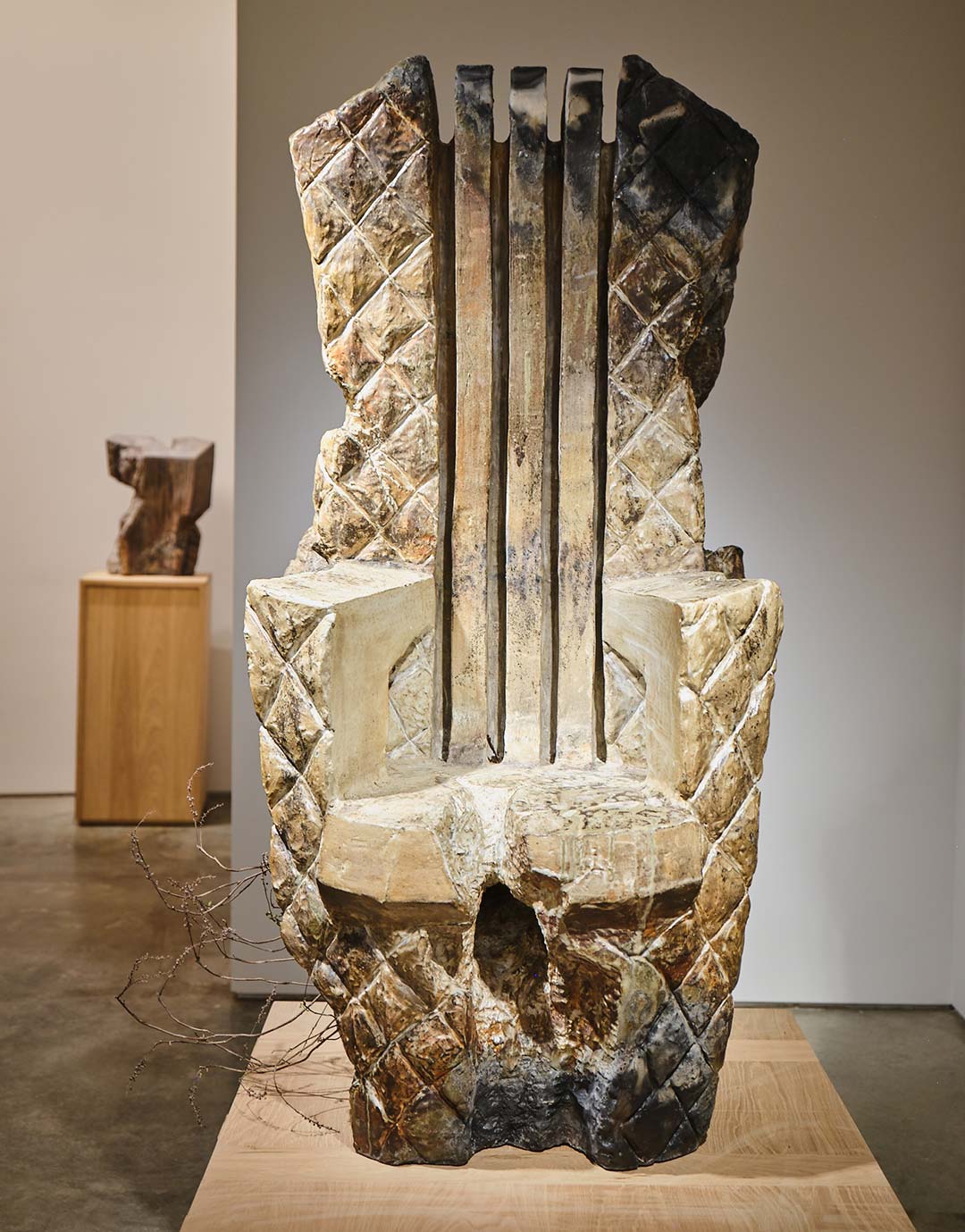






What do you think?